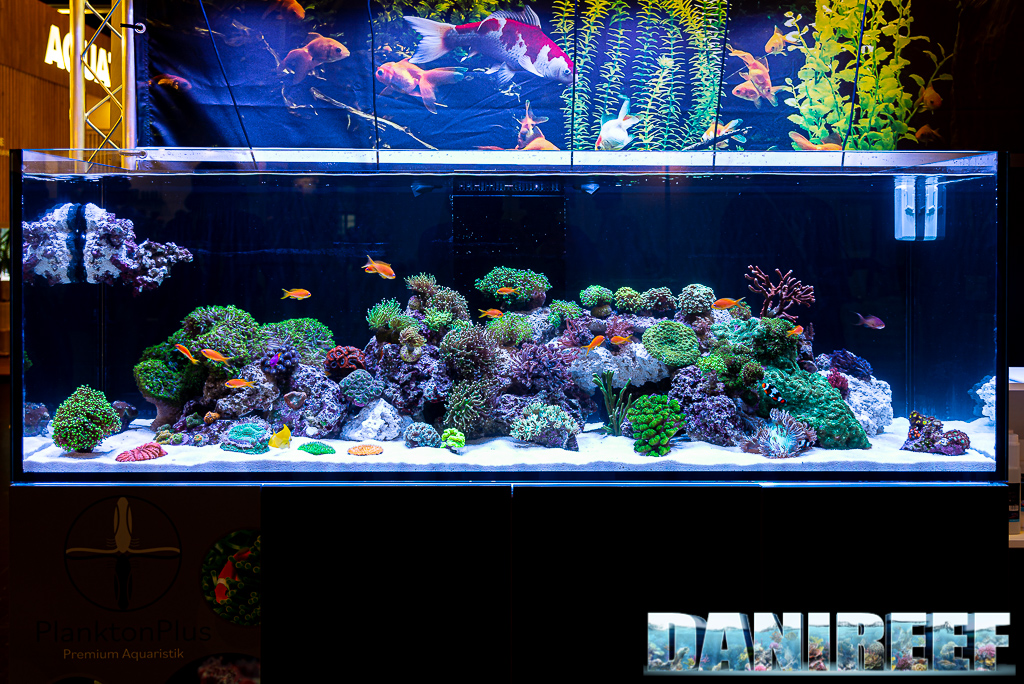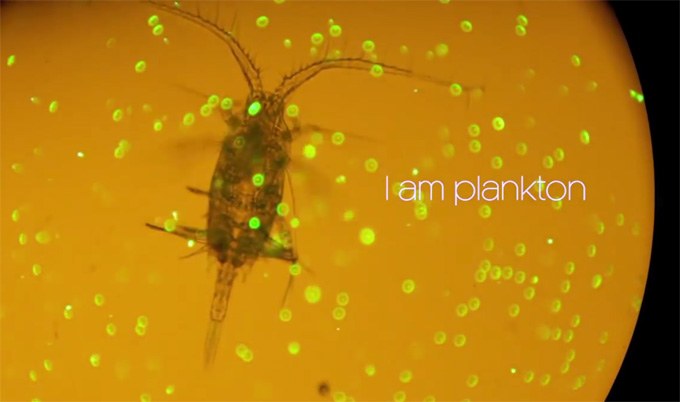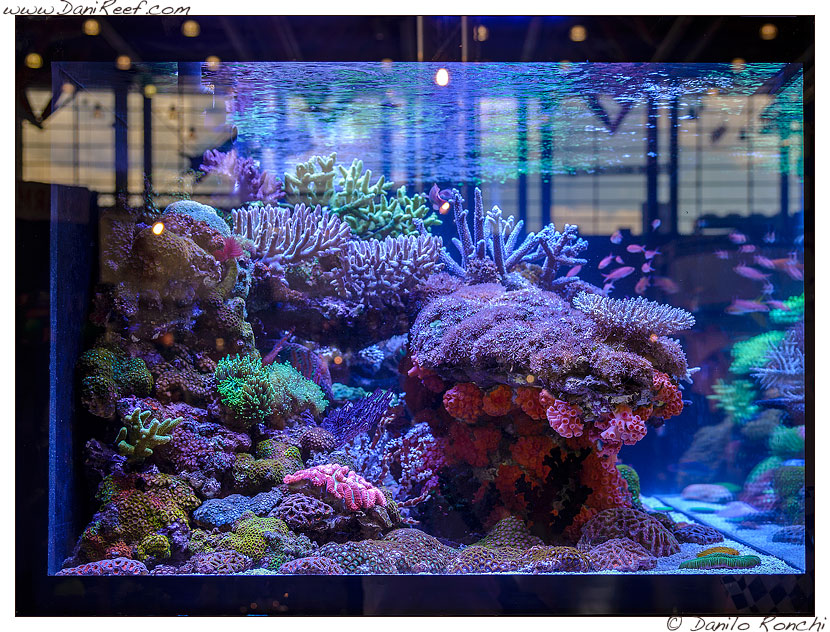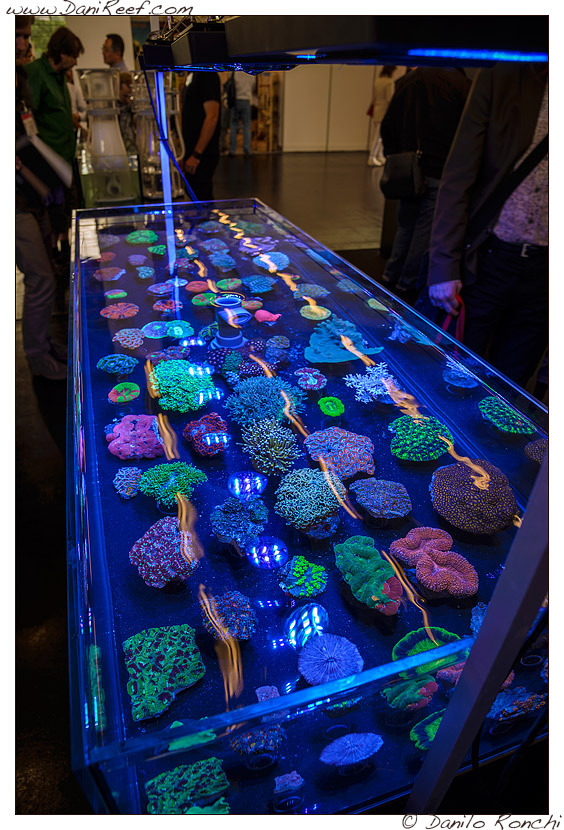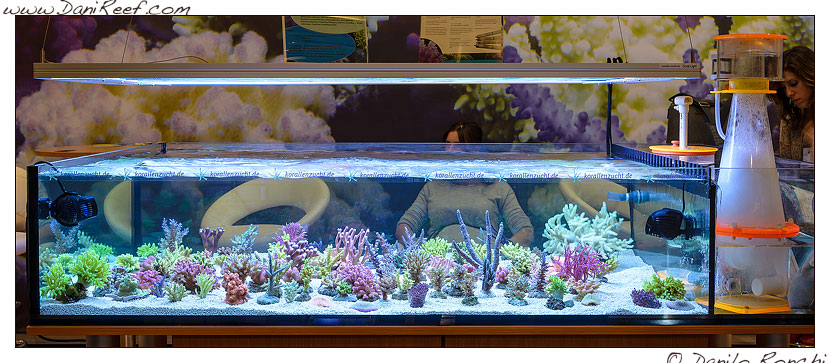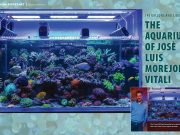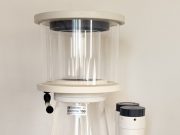There have been many empirical trials demonstrating the importance of vitamin C in the growth of beloved corals (qui l’articolo in italiano).
In an article that sees the collaboration of biophysicists, biologists, neuroscientists like Yael Helman, Frank Natale, Miche`le LaVigne, Valentin Starovoytov, Maxim Y. and Paul G. Falkowski and many others, we learn that extracellular matrices are produced during coral growth in order to organize the space for cellular growth, similar to a scaffold.
In the coral world there seem to be three main matrix involved:
- One of organic origin, called “ECM“: here the different cells will meet with each other and with the substrate and organize themselves, like you can see in the picture at the beginning of the article taken by a scanning electron microscope.
- A “skeletal matrix” that we will call “SOM” where calcium carbonate molecules of the coral’s skeleton will be produced and stored.
- The third and last matrix is the skeleton itself which will be the support of the coral.
Scientists have used mainly two species of corals for their experiments: Xenia elongata and Montipora Digitata, the first belonging to the soft coral (subclass Alcyonaria) group and the second to the hard corals (Scleractinia order of the subclass Hexacorallia). I am sure these two are well known to our coralkeepers!
Ascorbic acid, a molecule more commonly called Vitamin C, known for its important role in the human body as an antioxidant and enzymatic cofactor also seems to be involved in the production of collagen in corals.
Vitamin C is in fact a coenzyme involved in the proline hydroxylation reaction, an amminoacid that only when hydroxylated can become part of the collagen, the main protein of the ECM matrix of both corals species.
In vitro supplement of Vitamin C has demonstrated an increase in the collagen protein production and therefore of the ECM matrix. The species Montipora digitata has also shown an increase of extracellular minerals produced by the SOM matrix.

Analysis of these minerals with a mass spectrophotometer has revealed their nature, in particular the relationship between Strontium and Calcium with resulting in skeletal aragonite, defined as 7,83 mmol/mol.

The hypothesis of cells specialized in the production of calcium carbonate was confirmed after surveys and data showing the presence of radioactive calcium (Calcium 45) in the skeletal tissue.
Could this possibly lead to coral growth products based on vitamic C?
Sources:









